Softener? RO? Reducing Water Spotting on Fixtures & Shower Glass
ojai
10 years ago
Related Stories
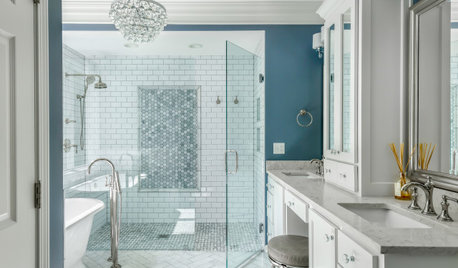
HOUSEKEEPINGHow to Clean a Glass Shower Door
See which tools and methods will keep those glass shower walls and doors sparkling clean
Full Story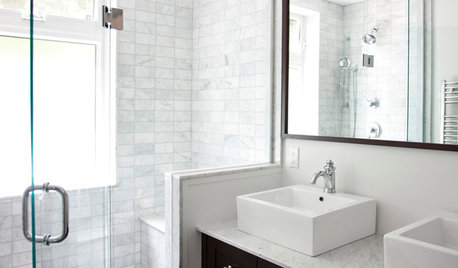
REMODELING GUIDESHow to Keep Your Home's Beautiful Glass Sparkling Clean
A few simple tools and tricks keep water spots and soapy film at bay
Full Story
HOUSEKEEPINGGet Glass Windows and Doors Gleaming Clean
Preserve a spotless view with these guidelines for keeping soap scum, hard water spots and dirt at bay on glass surfaces around the home
Full Story
HOUSEKEEPINGOut, Darn Spot! Tips for Removing Carpet Stains
Know the right solutions and when to use them to prevent stains from pets, soda, chocolate, blood and more
Full Story
EARTH DAYGrow a Beautiful Garden With Ecofriendly Greywater
Reducing home water waste means lower bills and a healthier planet. Here's how to set up a greywater home irrigation system that can help
Full Story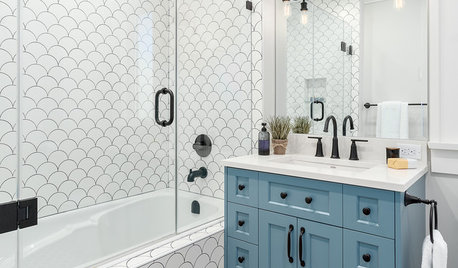
BATHROOM DESIGNShower Curtain or Shower Door?
Find out which option is the ideal partner for your shower-bath combo
Full Story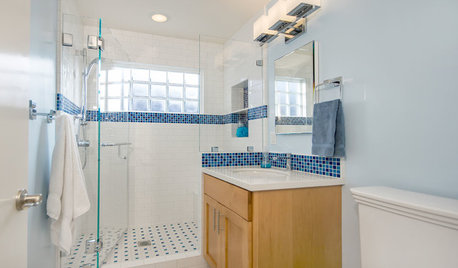
BATHROOM DESIGNLight-Happy Changes Upgrade a Small Bathroom
Glass block windows, Starphire glass shower panes and bright white and blue tile make for a bright new bathroom design
Full Story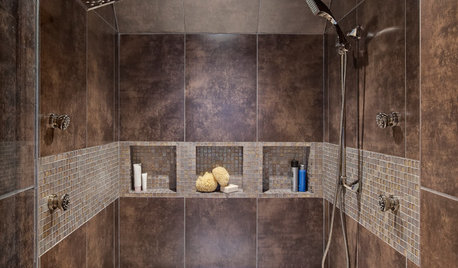
REMODELING GUIDESBathroom Remodel Insight: A Houzz Survey Reveals Homeowners’ Plans
Tub or shower? What finish for your fixtures? Find out what bathroom features are popular — and the differences by age group
Full Story
SAVING WATER11 Ways to Save Water at Home
Whether you live in a drought-stricken area or just want to help preserve a precious resource, here are things you can do to use less water
Full Story
GREEN BUILDINGWater Sense for Big Savings
Keep dollars in your pocket and preserve a precious resource with these easy DIY strategies
Full Story







User
ojaiOriginal Author
Related Professionals
Worcester Plumbers · North Druid Hills Kitchen & Bathroom Remodelers · Holden Kitchen & Bathroom Remodelers · Bay Shore Kitchen & Bathroom Remodelers · 93927 Kitchen & Bathroom Remodelers · Apex Kitchen & Bathroom Remodelers · Cocoa Beach Kitchen & Bathroom Remodelers · Fremont Kitchen & Bathroom Remodelers · Hoffman Estates Kitchen & Bathroom Remodelers · Oklahoma City Kitchen & Bathroom Remodelers · Rancho Palos Verdes Kitchen & Bathroom Remodelers · Saint Augustine Kitchen & Bathroom Remodelers · Joppatowne Kitchen & Bathroom Remodelers · North Chicago Kitchen & Bathroom Remodelers · Prairie Village Kitchen & Bathroom RemodelersUser
ojaiOriginal Author
User
User
ojaiOriginal Author
User
ojaiOriginal Author
User